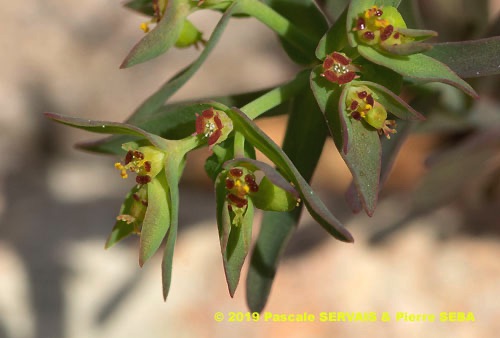
Euphorbia exigua L.
Fam. : Euphorbiaceae
Plante herbacée, monoïque, à tiges glabres, dressées, libérant un suc laiteux quand on les coupe.
Feuilles alternes, simples, linéaires à oblongues, vert jaunâtre, sessiles, glabres ou un peu poilues.
Fleurs à symétrie radiaire, verdâtres ou jaunâtres, réunies en ombelles à 2 à 5 rayons principaux qui se ramifient jusqu’à 7 fois en fourches successives, avec à la base des bractées vertes, triangulaires-lancéolées, subcordées à la base. Cyathe composé d’une fleur femelle à ovaire pendant, de plusieurs fleurs mâles et de glandes nectarifères jaunes à deux pointes longues et fines. Ovaire supère.
Fruits, capsules glabres, de 2 mm de diamètre, à 3 graines, globuleuses, lisses ou légèrement granuleuses. Graines brunes, couvertes de petits tubercules.
___________________________
Plant herbaceous, monoecious. Stems glabrous, erect, releasing a milky sap when cut.
Leaves alternate, simple, linear to oblong, yellowish green, sessile, glabrous or slightly hairy.
Flowers radially symmetrical, greenish or yellowish, joined together in umbels with 2 to 5 main rays which ramify up to 7 times in successive forks, with green, triangular-lanceolate bracts at the base, subcordate at the base. Cyathium made up of a female flower with a hanging ovary, surrounded by several male flowers and yellow nectariferous glands with two long and thin points. Ovary superior.
Fruits, glabrous, globose capsules, 2 mm in diameter, with 3 seeds, smooth or slightly granular. Seeds brown, covered in small tubercles.
1
Étymologie / Etymology :
Euphorbia : emprunt du latin euphorbia, -ae (nom), nom donné à la
plante par Pline, naturaliste latin mort en 79 apr. J.-C., forme latinisée
du grec ancien εὐφόρβιον, -ου (nom) [ < εὖ (adv.) = bien +
φέρβω (verbe) = nourrir ] = bien nourri, gras, nom donné à la plante
par Dioscoride, médecin et botaniste grec mort en 90 apr. J.-C.
OU
nom donné en l’honneur d’Euphorbe, médecin du roi Juba de
Mauritanie au 1er siècle après J.-C.
Exigua : emprunt du latin exiguus, -a, -um (adj.) = petit, court.
Euphorbia : borrowed from Latin euphorbia, -ae (noun), name given to
the plant by Plinius, Latin naturalist died in 79 AD, Latinized form of
the Classical Greek εὐφόρβιον, -ου (noun) [ < εὖ (adv) = well +
φέρβω (verb) = to feed ] = well fed, fat, name given to the plant by
Dioscorides, Greek doctor and botanist died in 90 AD.
OR
name given in honour of Euphorbos, doctor of king Juba of Mauritania
in the 1st century AD.
Exigua : borrowed from Latin exiguus, -a, -um (adj) = small, short.
Synonymes / Synonyms :
Esula diffusa Haw.
Esula exigua (L.) Haw.
Euphorbia cuneiformis Hartmann
Euphorbia diffusa Jacq.
Euphorbia exigua subsp. exigua
Euphorbia exigua subsp. merinoi M.Laínz
Euphorbia segetalis L.
Keraselma exigua (L.) Raf.
Tithymalus exiguus (L.) Lam.
Noms vernaculaires / Common names :
Noms français / French names :
Euphorbe exiguë — Euphorbe fluette — Petite Ésule.
Nom grec / Greek name :
Ευφόρβιες.
Nom anglais / English name :
Dwarf spurge.
Nom allemand / German name :
Kleine Wolfsmilch.
Noms espagnols / Spanish names :
Hierbecilla traidora — Lechetrezna tonta — Lechetreznilla —
Lechetreznilla romeral — Sonajillas lecheras.
Nom italien / Italian name :
Euforbia sottile.
Habitat :
Cultures - Lieux pierreux - Lieux incultes - Chemins.
Cultivated places - Stony places - Waste ground - Waysides.
Île / Island :
Tilos.
Hauteur / Height range :
De 5 cm à 20 cm.
From 5 cm to 20 cm.
Floraison / Flowering time :
De mars à avril.
From March to April.
Groupe / Classification :
Dicotylédones.
Dicotyledons.
Pérennité / Lifespan :
Annuelle.
Annual.
Description :
© Pascale SERVAIS & Pierre SEBA, 2019. Tilo Botanica: Flore de Tilos et du Dodécanèse / Flora of Tilos and of the Dodecanese
English translation by Brenda Bradbury, Howard Bradbury and Stéphane Léonard
Descripteurs / Identifying features
Clés dichotomiques et descripteurs distinctifs des 13 espèces / Dichotomous keys and distinctive identifying features of the 13 species
Photo 1 :
Localisation / Location : Tilos, Livadia, Aghios Stephanos
Date : 30/03/2019
GPS : Lat. 36,41194° N / Long. 27,40221° E / Alt. 6 m
Type : Photographie numérique / Digital Photograph (24 mégapixels)
Photo 2 :
Localisation / Location : Tilos, Livadia, Aghios Stephanos
Date : 30/03/2019
GPS : Lat. 36,41194° N / Long. 27,40221° E / Alt. 6 m
Type : Photographie numérique / Digital Photograph (24 mégapixels)
Photo 3 :
Localisation / Location : Tilos, Livadia, Aghios Stephanos
Date : 30/03/2019
GPS : Lat. 36,41194° N / Long. 27,40221° E / Alt. 6 m
Type : Photographie numérique / Digital Photograph (24 mégapixels)
Photo 4 :
Localisation / Location : Tilos, Livadia, Aghios Stephanos
Date : 30/03/2019
GPS : Lat. 36,41194° N / Long. 27,40221° E / Alt. 6 m
Type : Photographie numérique / Digital Photograph (24 mégapixels)
Photo 5 :
Localisation / Location : Tilos, Livadia, Aghios Stephanos
Date : 30/03/2019
GPS : Lat. 36,41194° N / Long. 27,40221° E / Alt. 6 m
Type : Photographie numérique / Digital Photograph (24 mégapixels)
Photo 6 :
Localisation / Location : Tilos, Livadia, Aghios Stephanos
Date : 30/03/2019
GPS : Lat. 36,41194° N / Long. 27,40221° E / Alt. 6 m
Type : Photographie numérique / Digital Photograph (24 mégapixels)
Photo 7 :
Localisation / Location : Tilos, Livadia, Aghios Stephanos
Date : 30/03/2019
GPS : Lat. 36,41194° N / Long. 27,40221° E / Alt. 6 m
Type : Photographie numérique / Digital Photograph (24 mégapixels)
Photo 8 :
Localisation / Location : Tilos, Livadia, Aghios Stephanos
Date : 30/03/2019
GPS : Lat. 36,41194° N / Long. 27,40221° E / Alt. 6 m
Type : Photographie numérique / Digital Photograph (24 mégapixels)
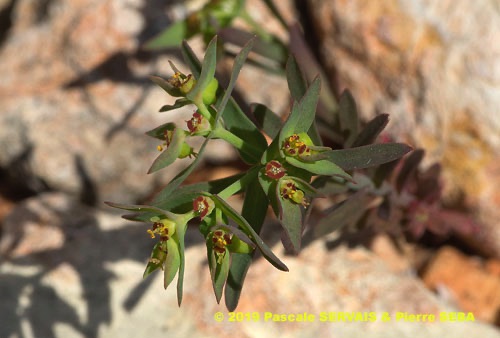
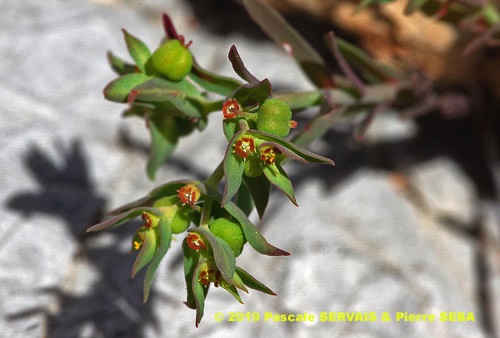
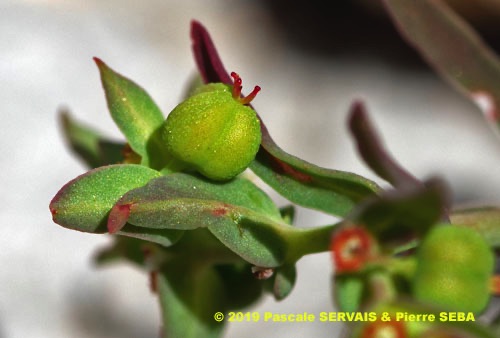
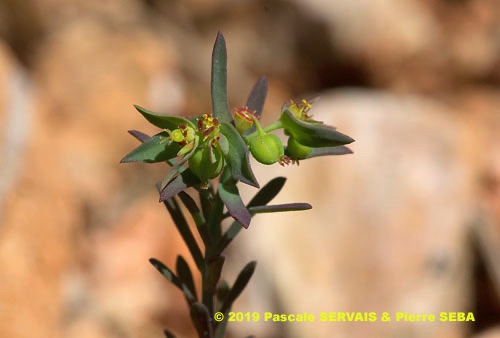
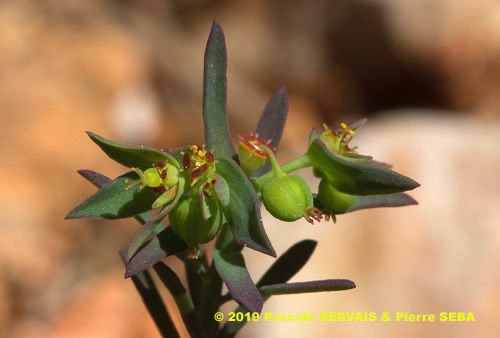
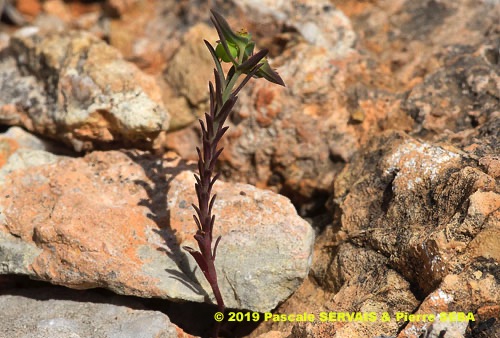
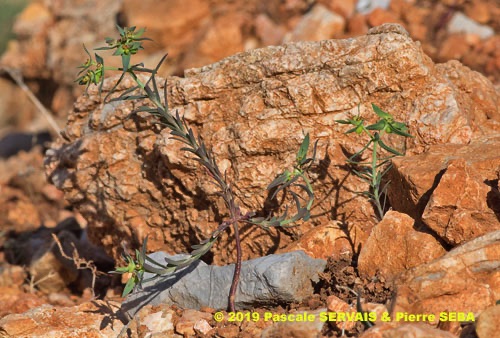
5
4
3
2
6
7
8

Google Maps
Google Maps
Google Maps
Google Maps
Google Maps
Google Maps
Google Maps
Google Maps